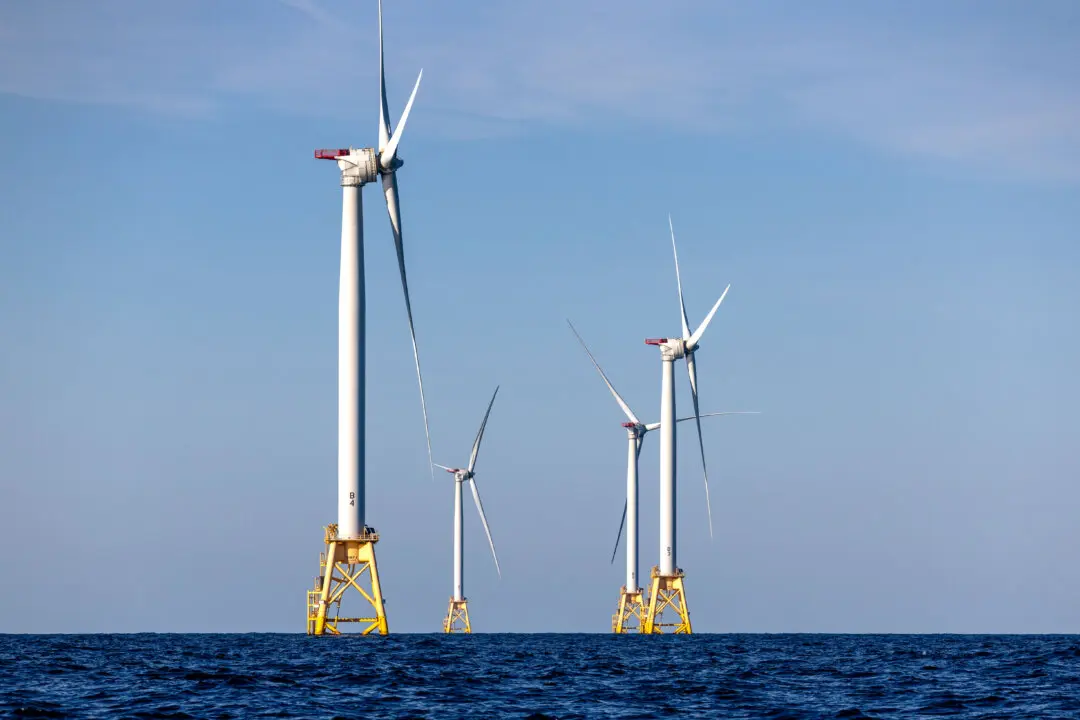Residents of Nantucket, Massachusetts, are asking the U.S. Supreme Court to review a lower court’s rejection of their challenge to federal approval of offshore wind turbines.
The residents argue that a wind farm in the Cape Cod community is placing at risk an endangered species of whale and that federal agencies failed to follow the law when assessing the environmental impact of the project. They also say the turbines are damaging the local environment.





